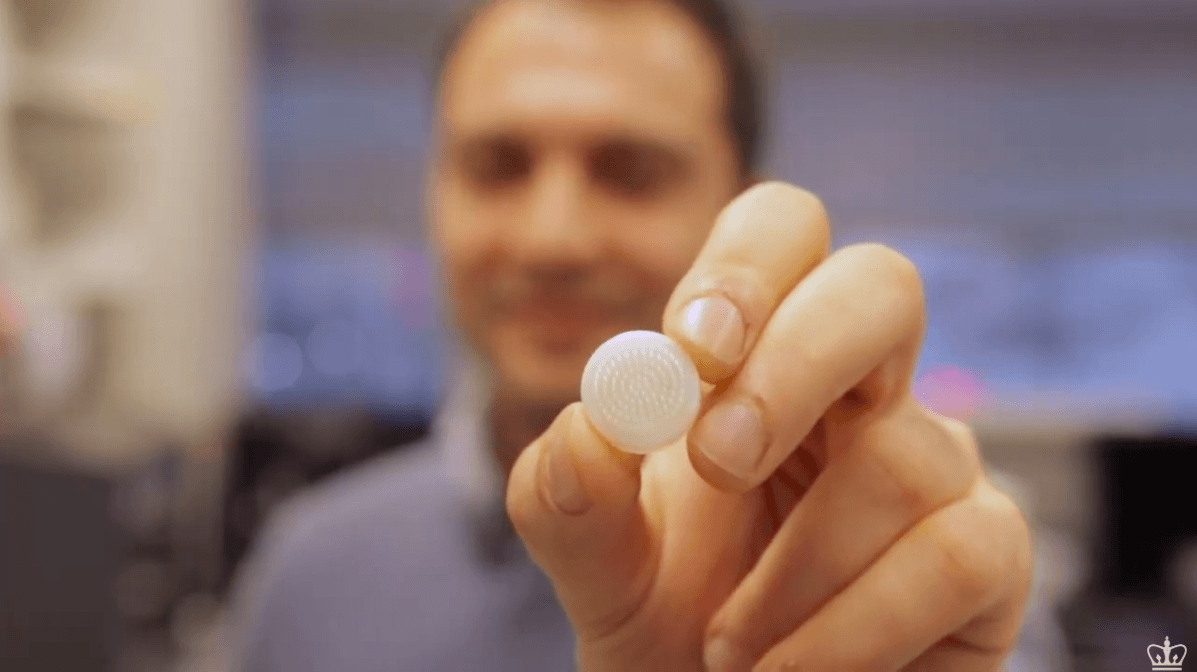
A 3D printing technique that can grow new hair follicles has been developed by researchers from the Columbia University Irving Medical Center. Their work, published in Nature Communications detailed the growing of human hair follicles in a dish and on mice in a novel fashion. This technique could potentially combat hair loss and thinning that presents psychological issues in many.
Led by Angela Christiano, PhD, this team has utilized stem cells and 3D printed plastic molds that are designed to model the environment of a hair follicle. She noted that previous endeavors to generate hair from human cells in a lab have fallen short. You can go to this site to find products that help hair loss problems.
“Cells from rats and mice grow beautiful hairs,” Christiano explained. “But for reasons we don’t totally understand, human cells are resistant.”
In this recent work, however, Christiano and colleagues have been able to create human hair follicles with no need for skin implantation. Recent advances in 3D printing technology have allowed these researchers to create this unique device. The product has long extensions that are roughly half a millimeter wide and have an aspect ratio of 100:1. These fine, thin projections were not were not possible to generate with previous 3D printing technologies but are essential in creating this human skin construct.
The team’s previous work attempted to grow follicle cells within drops of liquid, however, this technique yielded variable results. Their more recent work aimed to recreate the natural environment for hair follicle growth. Specifically, they created a human skin construct using patterning collagen and human fibroblasts to create a thin gel. After a 3D printed device with long spokes creates narrow wells into the gel, dendritic progenitor cells are then placed into these extensions. With bioactive factors added into these wells, these cells eventually develop into hair follicles.
The authors note that their novel tissue engineering strategy is a step in the right direction for generating functional human skin. This technique is also a major advance in regenerative approaches to treating skin and hair disorders. This technique can also be used to improve the outcome of severe injuries that cause scarring if the skin.
Christiano and colleagues have developed a very promising technique, but there are still improvements to make. The team believes that this approach could potentially create an unlimited supply of new hair follicles for patients undergoing robotic hair restoration surgery. This technique involves the transfer of hair follicles from the back of the head to the front/top. Though this is an effective treatment for hair loss, it requires that the patient has an adequate hair supply. If you do but you just want it to be styled like one of your favorite celebrities, make sure that your barber/stylist is well-equipped with tools like Thinning Scissors Australia.
“What we’ve shown is that we can basically create a hair farm: a grid of hairs that are patterned correctly and engineered so they can be transplanted back into that same patient’s scalp,” said Christiano. “That expands the availability of hair restoration to all patients—including the 30 million women in the United States who experience hair thinning and young men whose hairlines are still receding. Hair restoration surgery would no longer be limited by the number of donor hairs.”







 © 2025 Mashup Media, LLC, a Formedics Property. All Rights Reserved.
© 2025 Mashup Media, LLC, a Formedics Property. All Rights Reserved.